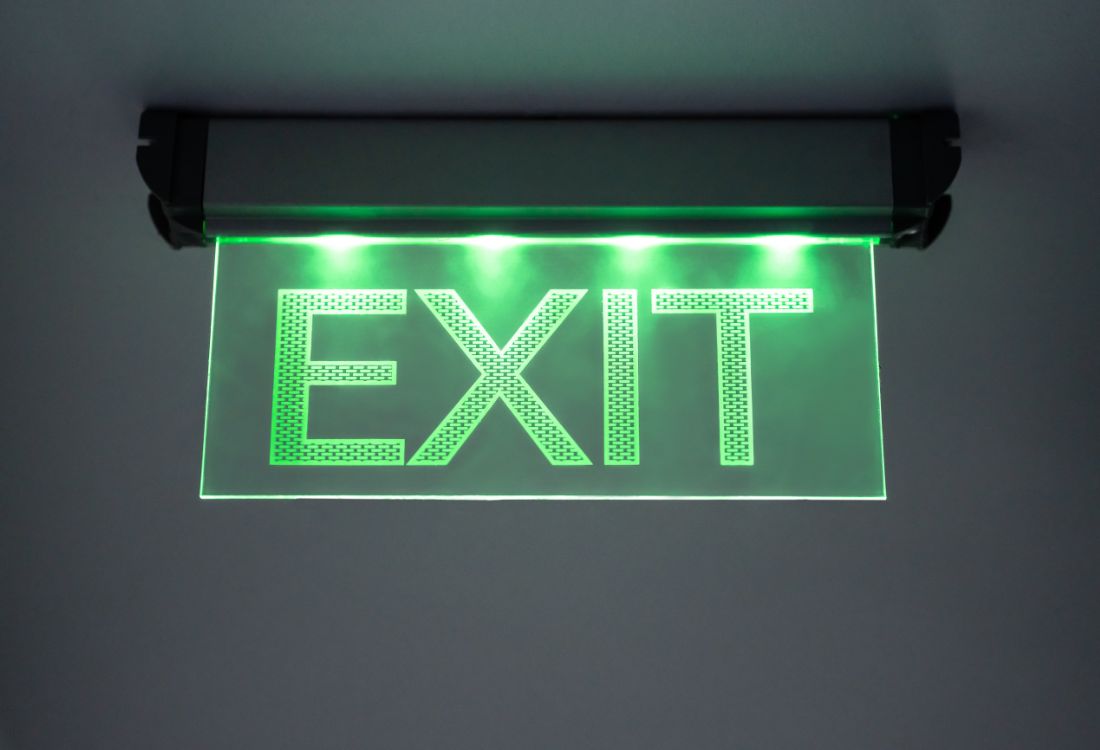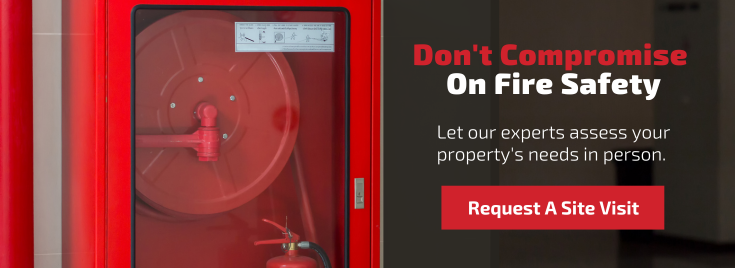
How To Ensure Your Building Has A Well Maintained Emergency Lighting System
Emergency lighting is a critical component of any building's safety infrastructure, ensuring that occupants can safely evacuate in an emergency or navigate their way around the property should the mains power fail.
To reduce the risk of accidents or potentially dangerous delays to evacuation times, it is essential that your building’s emergency lighting system is well-maintained and fully operational. In the UK, BS 5266-1:2016 provides important guidance on emergency lighting systems which will help you to comply with building regulations.
In this article, we’ll outline the actions you should take to ensure your system is safe, functional, and compliant.
Carry Out Regular Inspections And Testing
One of the most important steps you should take is to conduct regular inspections and tests, but it can be confusing to know how often emergency lighting should be checked.
According to BS 5266-1:2016, three types of tests should be carried out to ensure that the system and its power source are functional:
-
A daily visual check of the centralised power supply will ensure that the power source is operational and ready to activate if needed.
-
Monthly functionality tests ensure that all emergency lighting fixtures operate as expected. It's crucial to verify that the lights are illuminating correctly and that batteries are in good condition.
-
A comprehensive system test is required annually, with a three-hour full functionality test to ensure that the emergency lights operate for the required duration during an emergency.
Maintain Detailed Records
Accurate record-keeping is another vital aspect of the maintenance of emergency lighting systems. Records of all inspections, tests, and maintenance, which must be kept throughout the life of the installation, include:-
The date of the test.
-
The results of the test, including any observations.
-
Any remedial actions taken to address faults or poor performance.
Proper documentation not only ensures compliance with regulations but also helps you to track the performance and reliability of your system over time.
Design The Strategic Placement Of Lights
The effectiveness of an emergency lighting system depends on the correct positioning of lighting units in a building. Emergency lights should be installed at appropriate locations, typically near emergency exits and along primary escape routes, to provide adequate visibility during a critical incident, such as a fire or power outage. The correct placement of lights ensures that occupants can quickly and safely evacuate the building, even in low-light conditions when the risk of accidents is magnified.
Checking That Lights Operate For A Sufficient Duration
Emergency lights are designed to provide illumination during a power outage or emergency situation, but they must be operational for a sufficient length of time. In the UK, the required duration of operation for non-residential buildings is typically three hours, which provides occupants with enough time to safely exit the building or take appropriate action in case of a fire or other emergency. Regular testing ensures that lights operate for this duration when needed.
Don’t Risk The Failure Of Your Lighting System! Get In Touch Today.
Discovering that your lighting system isn't up to standard in an emergency could endanger lives and expose your business to prosecution and reputational damage. To prevent this situation, simply get in touch with Rhino Fire Control and request a site visit, so our expert team can assess your emergency lighting system’s performance and ensure that any defects are promptly addressed.
Image Source: Canva


